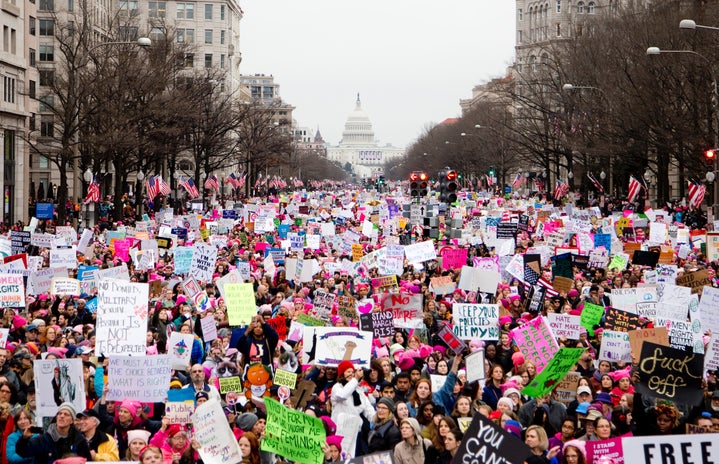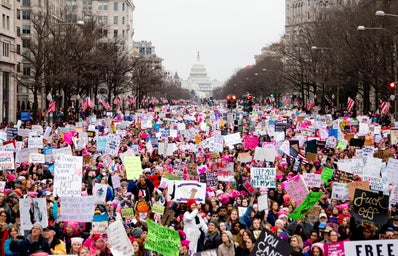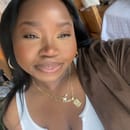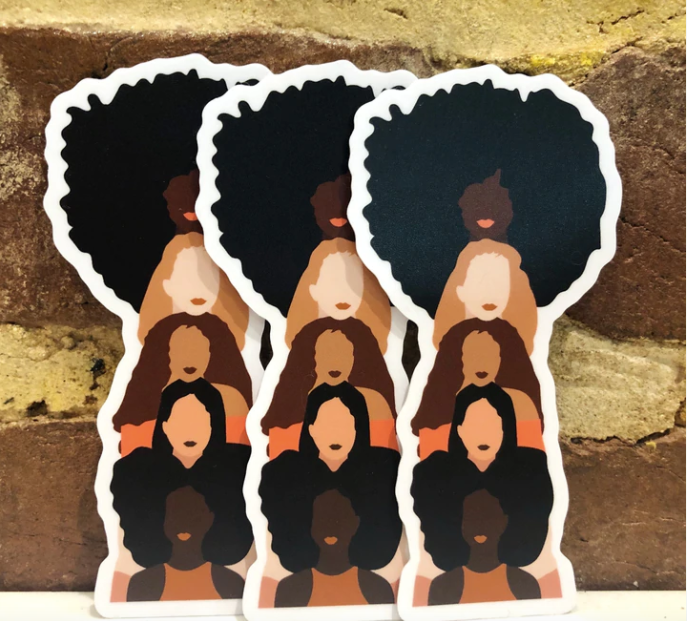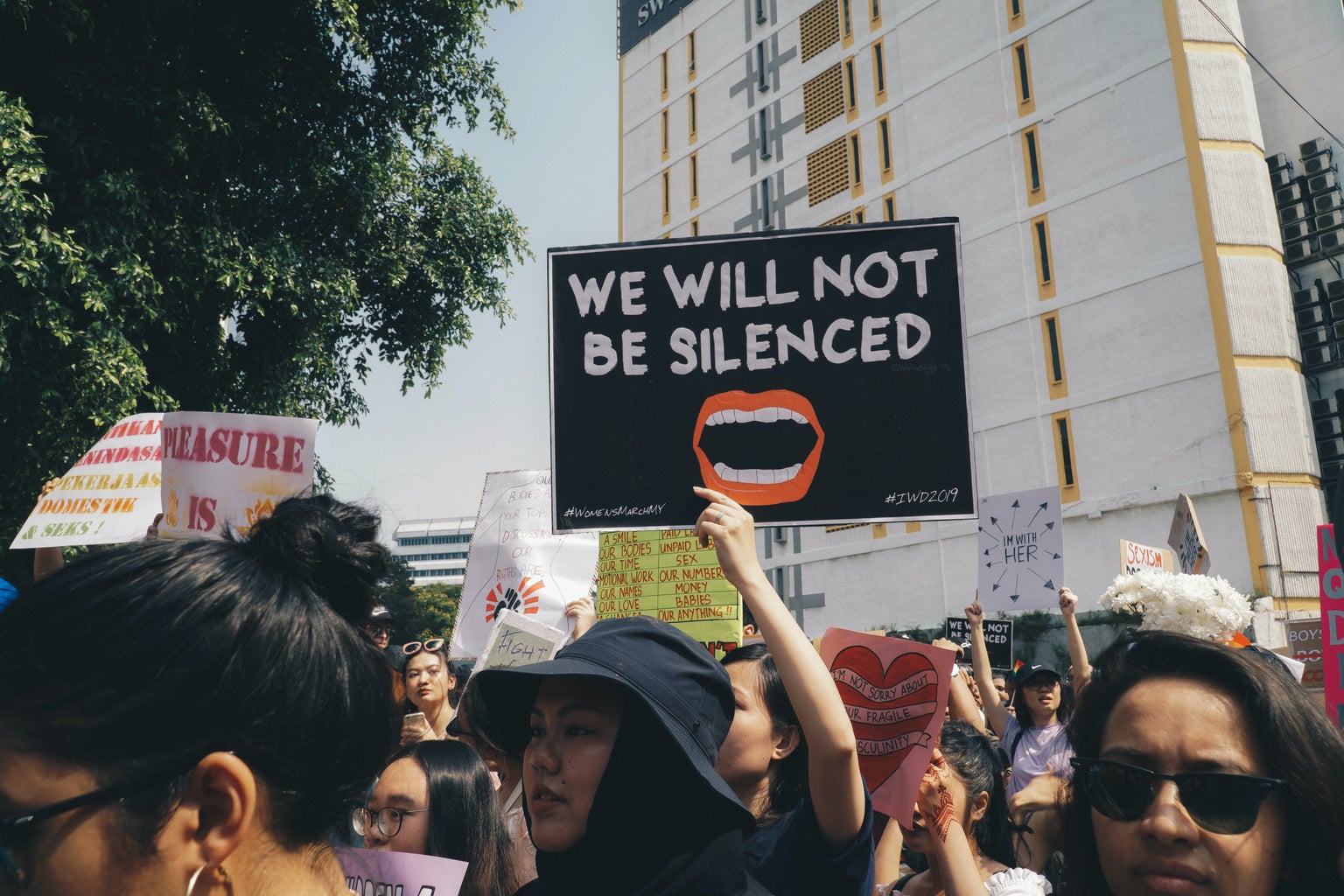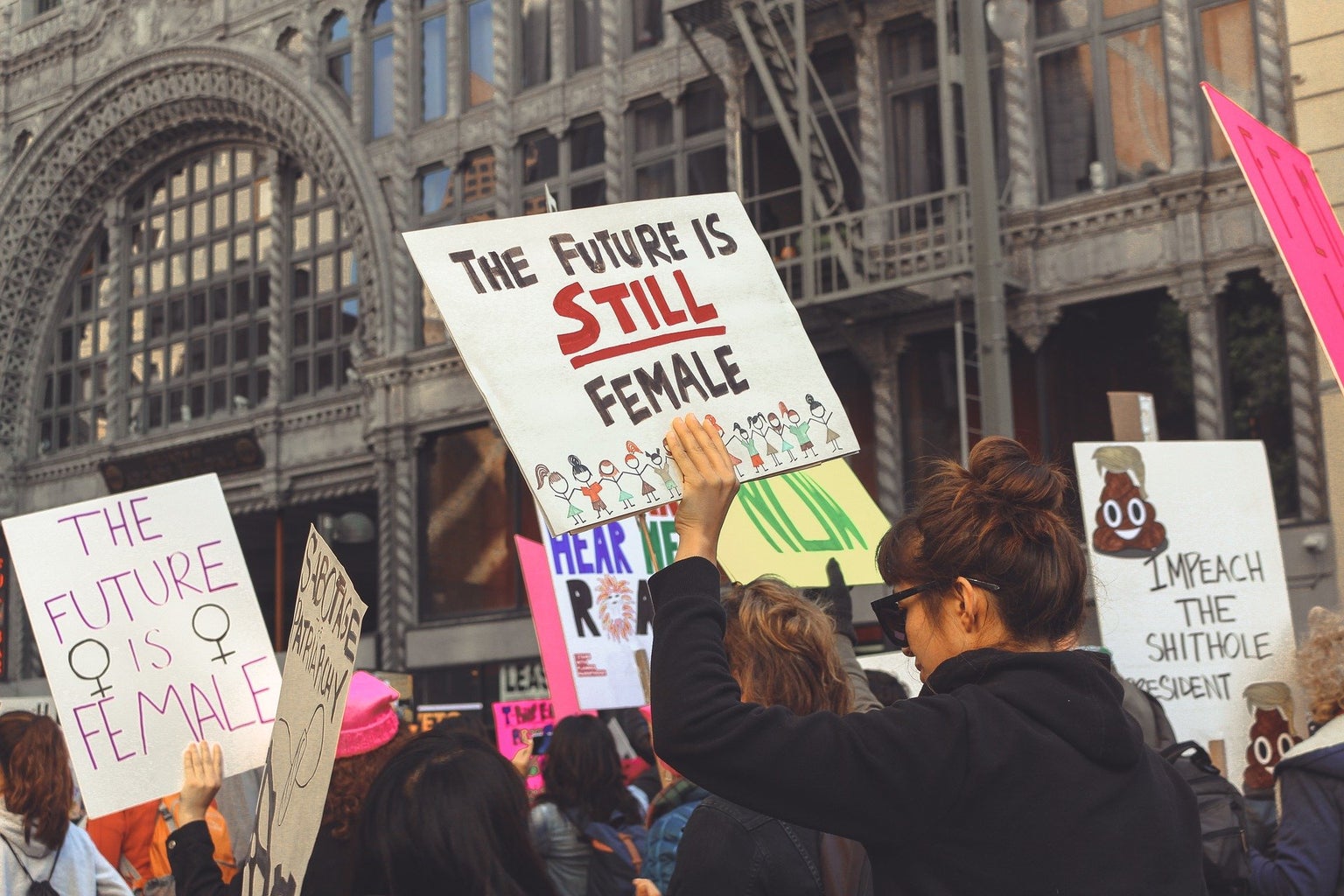Feminism, according to Cambridge dictionary, is “the belief that women should have the same rights, power, and opportunities as men and should be treated the same way.”
When we discuss feminism, we all believe that we are discussing equality and opportunity for all women. However, many women have been left out from this conversation for decades. Black women, Indigenous women, women a part of the LGBTQ+ community, lower class women, and women of color all have gone through years of having their voices go unheard in movements that were attempting to somehow get equality — without discussing the intersectionality that should happen in feminism.
intersectionality and movements that lacked
Intersectionality was coined in 1989 by Kimberle Crenshaw. Intersectionality is a social concept that enforces the conversation of race, class, gender, sexuality, and how this intersects within our daily social theories and interactions.
Intersectionality is the discussion of race, class, gender, sexuality, ethnicity, and disability. According to Unwomen.org, “Intersectional feminism centres the voices of those experiencing overlapping, concurrent forms of oppression in order to understand the depths of the inequalities and the relationships among them in any given context.”
While this was coined in 1989, there was still intersectionality that was pushed in conversations, even though there wasn’t a name for it during those times. In the 1960s, the feminist organization NOW (National Organization for Women) was created with the intention of equal rights for women. It helped begin the women’s liberation movement. The article by NewAmerica writers Jahdziah St. Julien and Emily Hallgren explains the organization “focused most of its efforts on increasing women’s corporate and political reach…Rather than challenge the structures and systems that perpetuated white supremacy and inequality across gender and class, it left behind the women marginalized and oppressed by these same systems.”
NOW wanted to be seen as equal to their male counterparts; these women wanted more business, educational opportunities, and discrimination in the workplace for women to end. However, the organization missed many parts and left out women who were in immense need of help. This organization was not created for all women, though. It didn’t include black women or women of color needing better educational and business opportunities. Women of color were slotted into the organization after the countless times they spoke and rallied for inclusion. However, they were only slotted into the organization to make it seem like their voices mattered. Nevertheless, it didn’t matter because, in this organization, their voices were still brushed over, and months after, they had to begin making their voices heard.
MAinstream feminism
Mainstream feminism approaches feminism in the simplest format, discussing being pro-choice, equal pay, access to menstrual care, but all while leaving out the discussion of race, class, sexual orientation, and how each one has an effect on certain groups in different communities. Often feminism can feel black and white when it’s diluted and positioned as voting for one person means we save the whole system: but it’s never that simple.
Mikki Kendall in Hood Feminism writes, “One of the biggest issues with mainstream feminist writing has been the way the idea of what constitutes a feminist issue is framed. We rarely talk about basic needs as a feminist issue. Food insecurity and access to quality education, safe neighborhoods, a living wage, and medical care are all feminist issues. Instead of a framework that focuses on helping women get basic needs met, all too often the focus is not on survival but on increasing privilege. For a movement that is meant to represent all women, it often centers on those who already have most of their needs met.”
To understand feminism and claim feminism grounds, there should always be the representation and projection of the voices that are marginalized and brushed over. When we look at Roe V. Wade being overturned, I see an influx of many women angry (as they should); however, there was so much heartbreak and rage from women who are going to still have access to safe abortions.
Many of the women who live in the southern states and on the poverty lines are ignored in the health care system, and women of color’s voices were almost forgotten, even though they discussed the chance of this happening for decades. Black women make up a large percentage of women in southern states and on the poverty line within those states, which Roe V. Wade is impacting.
An article titled Black Women’s Voices Must Be Central to The Battle for Abortion Access, is beautifully written by Kim Gallon; she writes, “Black women note that they often feel invisible in the current public debate over abortion in mainstream media outlets. Black women have long connected civil rights based on race to reproductive rights, foregrounding legal abortion as a major front in the struggle against racism and sexism.”
There are a variety of sources, information, and statistics that presented online when you look for the conversation of intersectionality within this topic.
Who do we listen to? who do we read?
From my own experience, I’ve always grown up understanding the lack of intersectionality in feminism and loved to educate others as much as I could. There are many great books that I’ve read and knew majority of the things they discussed because I grew up seeing and learning that radical feminism. The books I present may be a harsh truth due to openness and the call out of the lack of intersectionality in feminism.
Angela Davis, Ida B. Wells, Sojourner Truth, Audre Lorde, Maya B. Angelou, and bell hooks are all women who pioneered and pushed for change and discussed the lack of intersectionality in feminism. There is a plethora of books that discusses feminism in its radical form.
Hood Feminism by Mikki Kendall
Hood Feminism is a book that dives into the intersectionality of feminism in all realms and breaks down everything you can think of and elaborates on how and why this affects many different women.
Women, Race, and Class by Angela Davis
Women, Race, and Class discusses 13 different essays that dives into the critiques of the Women’s Liberation Movement, slavery, and how this affected black women and the labor that they went through and its effects on the movement.
Daring To Be Bad by Alice Echols
This book I have not read yet but it’s on my list and I hear many good things about. Daring To Be Bad is a book that discusses transgender rights, race, queerness, sexuality, and pushing the stereotypes of what young people think radical feminism is about.
This Bridge Called My Back by Cherríe Moraga
This Bridge Called My Back is a testimony to women of color feminism as it emerged in the last quarter of the 20th century. Through personal essays, criticism, interviews, testimonials, poetry, and visual art, the collection explores, as coeditor Cherríe Moraga writes, “the complex confluence of identities—race, class, gender, and sexuality—systemic to women of color oppression and liberation.”
Future of Feminism
Feminism has made some progression. There are many women who have social media platforms, and their voices are being heard and pushed to the forefront more now than ever. There is more space and opportunity to have those conversations of intersectionality and its effects on women and the movements that should keep all women included in every space.
There consistently needs to be a push and effort made from women who have privileges to push forward the voices of the women that movements have forgotten. It must be a collective effort to ensure that all rights and matters that involve women be discussed.
“Feminist politics aims to end domination, to free us to be who we are — to live lives where we love justice, where we can live in peace. Feminism is for everybody” ~ bell hooks.
